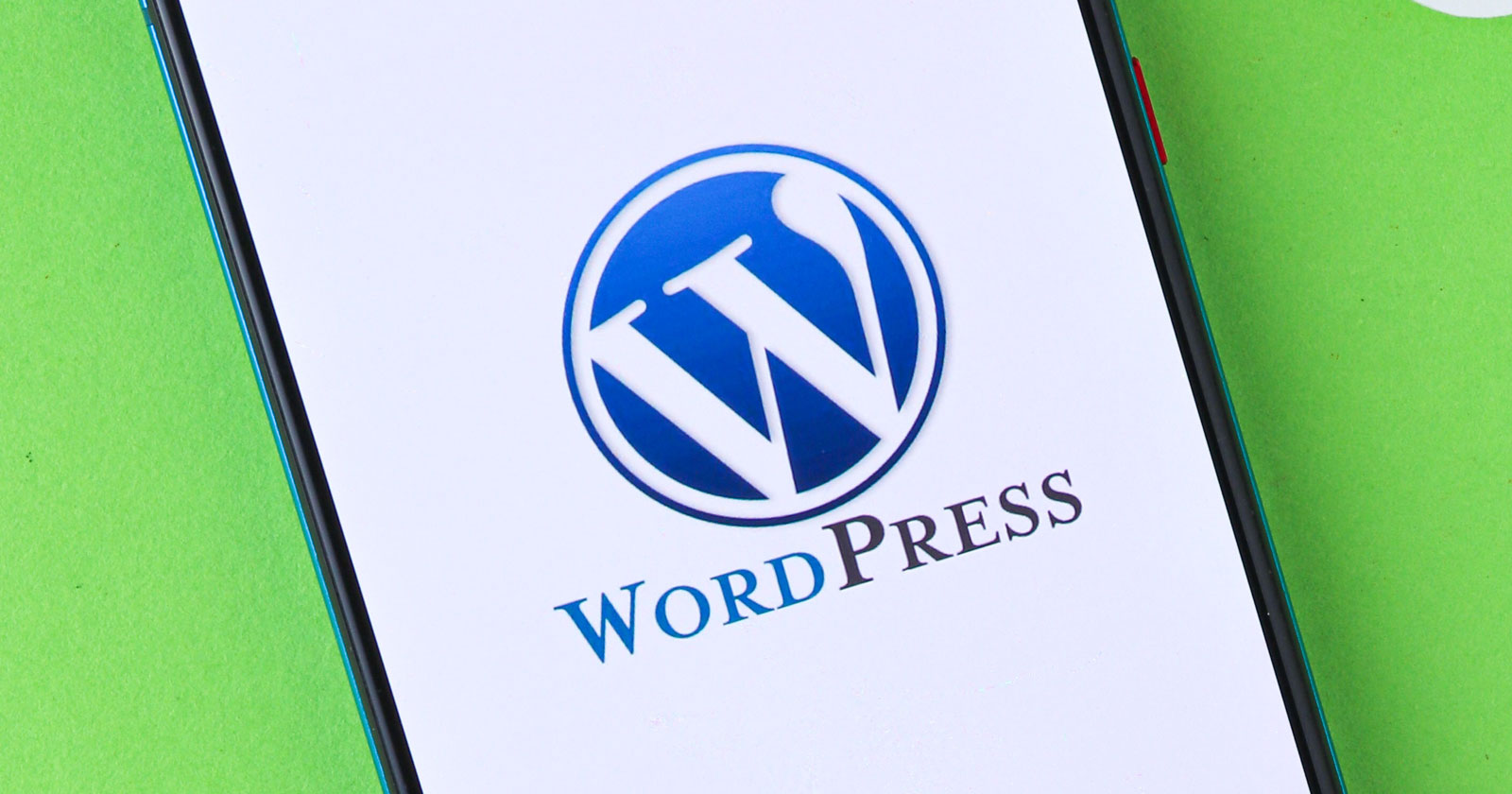SEO
Getting Started With Google Shopping’s Free Product Listings

The Google Shopping platform allows users to search millions of products across thousands of stores to find the item they are looking for in seconds.
With a tagline that emphasizes the mission to help consumers “find the best products, prices, and places to buy,” Google Shopping is poised to transform the way consumers purchase products.
Instead of shoppers automatically heading to Amazon to search for a product, a search through Google can tell them the best prices online or in nearby stores.
A cart option also makes it possible to checkout through Google, and items purchased through Google come with a Google Guarantee to ensure customer satisfaction.
Intrigued?
Understanding Google Shopping, particularly as a retailer, is crucial in 2022.
Read on to learn more about how free product listings work, why it matters, and how to get involved.
How Does A Free Product Listing Work?
In an Amazon-dominant market, Google Shopping offers merchants the option to list their products for free, even if they aren’t running a Google Ads campaign.
Free listings allow merchants to display their items across Google – not just on the Shopping tab.
An item can show up in product results from a Google Search, Google Images, or Google Lens.
Just as businesses aren’t charged a fee to be part of the Google Search index, displaying products online is also a free service from Google.
There are two types of free listings available for retailers to choose from, Standard and Enhanced.
Standard Listing
Standard listings include descriptive product information added to a search result.
This listing option requires only the basic product information and is available across Google; however, standard listings are not displayed through the Shopping Tab.
This standard listing offers a detailed description of the product, rating, reviews, price, and availability from the Google Search results page.
Enhanced Listings
Enhanced listings go beyond the basic product information of a standard listing and offer more detailed attributes about a product.
This listing option requires more details to be provided by the retailer to make the listing more visually attractive and engaging for the Google Shopping tab.
Below is a Google Shopping tab example when looking for baby teething products.
 Screenshot from Google Shopping Tab, April 2022
Screenshot from Google Shopping Tab, April 2022This enhanced listing example appears under the Shopping Tab in a carousel of products.
It provides a visually appealing picture, ratings, additional style options, price, a link to directions to the nearest brick and mortar store, availability, and a comparison option for other stores.
Where Do Free Listings Appear?
Aside from free listings displayed through Google Search and the Shopping tab, free listings are also visible on Google Images.
For example, when a potential buyer searches for a product or brand on Google, the image has a “Product” tag representing the option to buy this product.
Users are taken to the product page to complete the purchase by clicking the tag.
 Screenshot from Google Shopping Tab, April 2022
Screenshot from Google Shopping Tab, April 2022Free listings also appear in Google Lens, where users can click the Lens icon to see similar products to what appears in the image.
In the example below, a quick click on hiking boots from an article leads to an abundance of visual matches to similar products.
 Screenshot from Google Lens, April 2022
Screenshot from Google Lens, April 2022How Can Merchants Get Started Listing Products For Free With Google?
Any merchant is eligible for free listings, whether you run paid ads or not. Interested retailers should create a Merchant Center account to manage how inventory appears throughout Google.
You can then follow the setup flow to create free listings for your products.
If you are already using Google Shopping ads, your existing product feed can seamlessly provide the necessary attributes for your free listings.
Retailers should verify and claim their website to aid in setting up free listings. This proves that you are the authorized owner of the website, which adds a layer of security for potential buyers.
Merchants then create a product feed (or use an existing feed from Shoppings ads).
The brand can also integrate with other ecommerce platforms, such as Shopify, to automatically sync inventory information.
For products to be eligible for free listings, provide the following attributes:
- Identification such as SKUs that are unique to each product.
- Title that accurately identifies the product.
- Price of each product, matching your landing page.
- Availability to tell users whether an item is in stock.
- Link to the URL for your website’s landing page.
- Description of the product with relevant features and details.
- Image of the product that is viewable to customers.
You can learn more about mastering product listings for Google Shopping here.
What Are The Benefits For Retailers Who List Their Products On Google?
Each day millions of people use Google to shop. By listing on Google, you can:
- Increase your visibility to customers who are already looking for items similar to what you offer.
- Promote your products by highlighting the unique features of your brand
- Increase website traffic.
- Bring more business into local stores.
- Increase sales not only because of the increased web and local store traffic but also when customers Buy on Google.
- Best of all, you can remain competitive for no additional cost. If you already advertise your products using Shopping Ads, free listings complement the campaigns you are already running.
Google matches your product with the most relevant search queries using metrics and algorithms to get your products in front of interested users.
Using the Merchant Center and analytics, brands can track the performance of free listings.
This insight gives retailers valuable information about specific products to help guide future decisions about inventory and marketing strategies for your team to consider.
Final Thoughts
Google is a thriving platform for online shoppers.
Free listings help give consumers options to find the right product at the right price from the right seller.
By utilizing the tools available through free listings, retailers can meet potential customers already searching on Google to increase product visibility and grow their business.
More resources:
Featured Image: Prostock-studio/Shutterstock
SEO
Executive Director Of WordPress Resigns

Josepha Haden Chomphosy, Executive Director of the WordPress Project, officially announced her resignation, ending a nine-year tenure. This comes just two weeks after Matt Mullenweg launched a controversial campaign against a managed WordPress host, which responded by filing a federal lawsuit against him and Automattic.
She posted an upbeat notice on her personal blog, reaffirming her belief in the open source community as positive economic force as well as the importance of strong opinions that are “loosely held.”
She wrote:
“This week marks my last as the Executive Director of the WordPress project. My time with WordPress has transformed me, both as a leader and an advocate. There’s still more to do in our shared quest to secure a self-sustaining future of the open source project that we all love, and my belief in our global community of contributors remains unchanged.
…I still believe that open source is an idea that can transform generations. I believe in the power of a good-hearted group of people. I believe in the importance of strong opinions, loosely held. And I believe the world will always need the more equitable opportunities that well-maintained open source can provide: access to knowledge and learning, easy-to-join peer and business networks, the amplification of unheard voices, and a chance to tap into economic opportunity for those who weren’t born into it.”
Turmoil At WordPress
The resignation comes amidst the backdrop of a conflict between WordPress co-founder Matt Mullenweg and the managed WordPress web host WP Engine, which has brought unprecedented turmoil within the WordPress community, including a federal lawsuit filed by WP Engine accusing Mullenweg of attempted extortion.
Resignation News Was Leaked
The news about the resignation was leaked on October 2nd by the founder of the WordPress news site WP Tavern (now owned by Matt Mullenweg), who tweeted that he had spoken with Josepha that evening, who announced her resignation.
He posted:
“I spoke with Josepha tonight. I can confirm that she’s no longer at Automattic.
She’s working on a statement for the community. She’s in good spirits despite the turmoil.”
Screenshot Of Deleted Tweet
Josepha tweeted the following response the next day:
“Ok, this is not how I expected that news to come to y’all. I apologize that this is the first many of you heard of it. Please don’t speculate about anything.”
Rocky Period For WordPress
While her resignation was somewhat of an open secret it’s still a significant event because of recent events at WordPress, including the resignations of 8.4% of Automattic employees as a result of an offer of a generous severance package to all employees who no longer wished to work there.
Read the official announcement:
Featured Image by Shutterstock/Wirestock Creators
SEO
8% Of Automattic Employees Choose To Resign

WordPress co-founder and Automattic CEO announced today that he offered Automattic employees the chance to resign with a severance pay and a total of 8.4 percent. Mullenweg offered $30,000 or six months of salary, whichever one is higher, with a total of 159 people taking his offer.
Reactions Of Automattic Employees
Given the recent controversies created by Mullenweg, one might be tempted to view the walkout as a vote of no-confidence in Mullenweg. But that would be a mistake because some of the employees announcing their resignations either praised Mullenweg or simply announced their resignation while many others tweeted how happy they are to stay at Automattic.
One former employee tweeted that he was sad about recent developments but also praised Mullenweg and Automattic as an employer.
He shared:
“Today was my last day at Automattic. I spent the last 2 years building large scale ML and generative AI infra and products, and a lot of time on robotics at night and on weekends.
I’m going to spend the next month taking a break, getting married, and visiting family in Australia.
I have some really fun ideas of things to build that I’ve been storing up for a while. Now I get to build them. Get in touch if you’d like to build AI products together.”
Another former employee, Naoko Takano, is a 14 year employee, an organizer of WordCamp conferences in Asia, a full-time WordPress contributor and Open Source Project Manager at Automattic announced on X (formerly Twitter) that today was her last day at Automattic with no additional comment.
She tweeted:
“Today was my last day at Automattic.
I’m actively exploring new career opportunities. If you know of any positions that align with my skills and experience!”
Naoko’s role at at WordPress was working with the global WordPress community to improve contributor experiences through the Five for the Future and Mentorship programs. Five for the Future is an important WordPress program that encourages organizations to donate 5% of their resources back into WordPress. Five for the Future is one of the issues Mullenweg had against WP Engine, asserting that they didn’t donate enough back into the community.
Mullenweg himself was bittersweet to see those employees go, writing in a blog post:
“It was an emotional roller coaster of a week. The day you hire someone you aren’t expecting them to resign or be fired, you’re hoping for a long and mutually beneficial relationship. Every resignation stings a bit.
However now, I feel much lighter. I’m grateful and thankful for all the people who took the offer, and even more excited to work with those who turned down $126M to stay. As the kids say, LFG!”
Read the entire announcement on Mullenweg’s blog:
Featured Image by Shutterstock/sdx15
SEO
YouTube Extends Shorts To 3 Minutes, Adds New Features

YouTube expands Shorts to 3 minutes, adds templates, AI tools, and the option to show fewer Shorts on the homepage.
- YouTube Shorts will allow 3-minute videos.
- New features include templates, enhanced remixing, and AI-generated video backgrounds.
- YouTube is adding a Shorts trends page and comment previews.
-

 WORDPRESS3 days ago
WORDPRESS3 days agoWordPress biz Automattic details WP Engine deal demands • The Register
-
SEARCHENGINES5 days ago
Daily Search Forum Recap: September 30, 2024
-

 SEARCHENGINES6 days ago
SEARCHENGINES6 days agoGoogle Volatility With Gains & Losses, Updated Web Spam Policies, Cache Gone & More Search News
-

 SEO7 days ago
SEO7 days ago6 Things You Can Do to Compete With Big Sites
-
SEARCHENGINES4 days ago
Daily Search Forum Recap: October 1, 2024
-

 SEO6 days ago
SEO6 days agoAn In-Depth Guide For Businesses
-

 AFFILIATE MARKETING6 days ago
AFFILIATE MARKETING6 days agoNvidia CEO Jensen Huang Praises Nuclear Energy to Power AI
-

 AFFILIATE MARKETING6 days ago
AFFILIATE MARKETING6 days agoThis Minimalist Lamp Lets You Pick From 16 Million+ Lighting Colors for Maximum Productivity













You must be logged in to post a comment Login